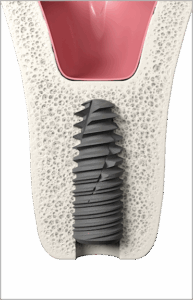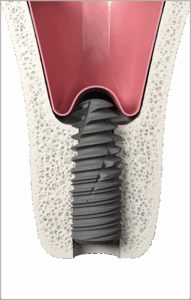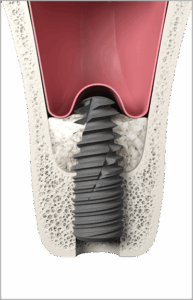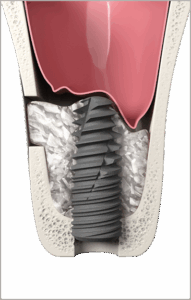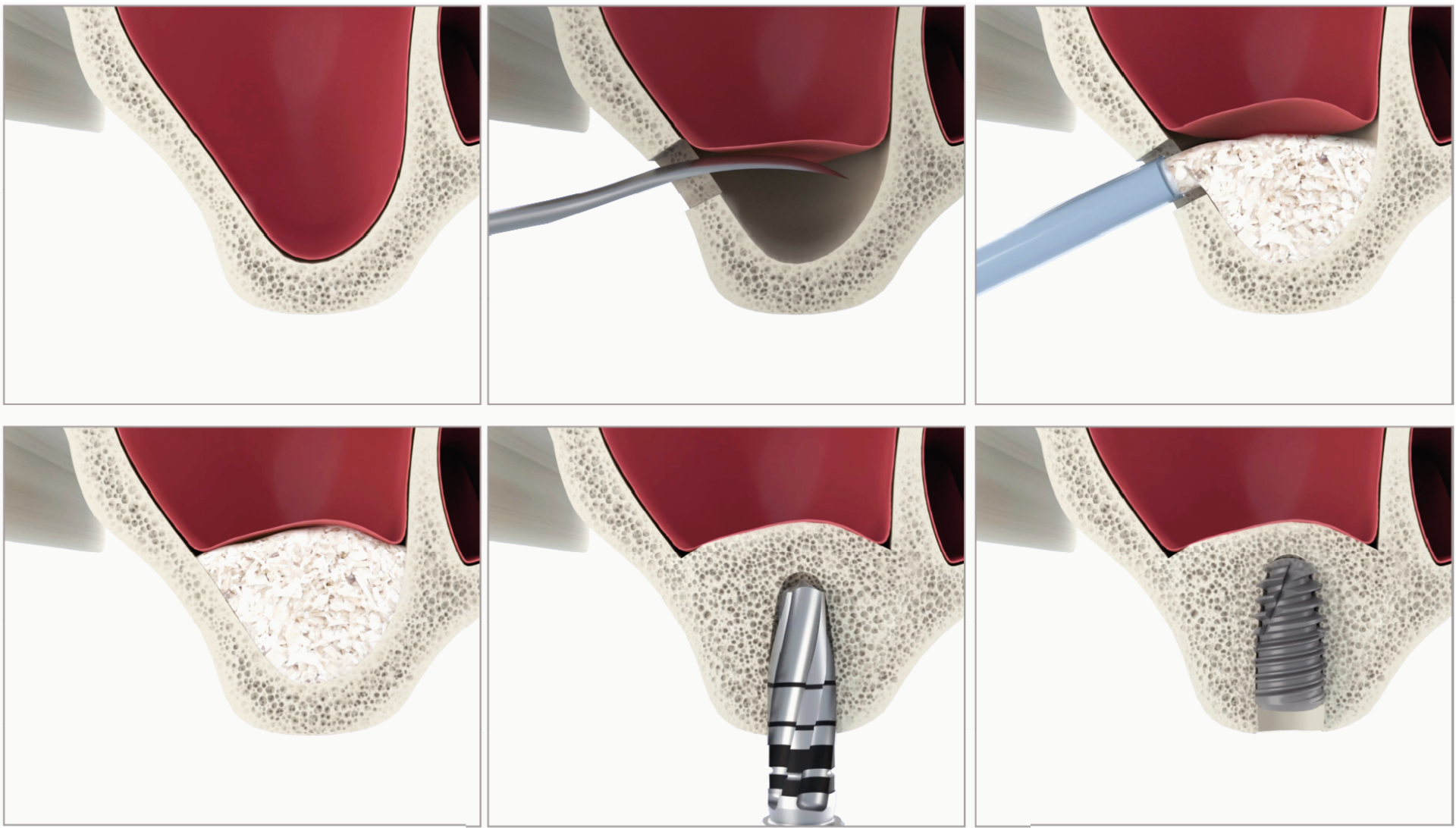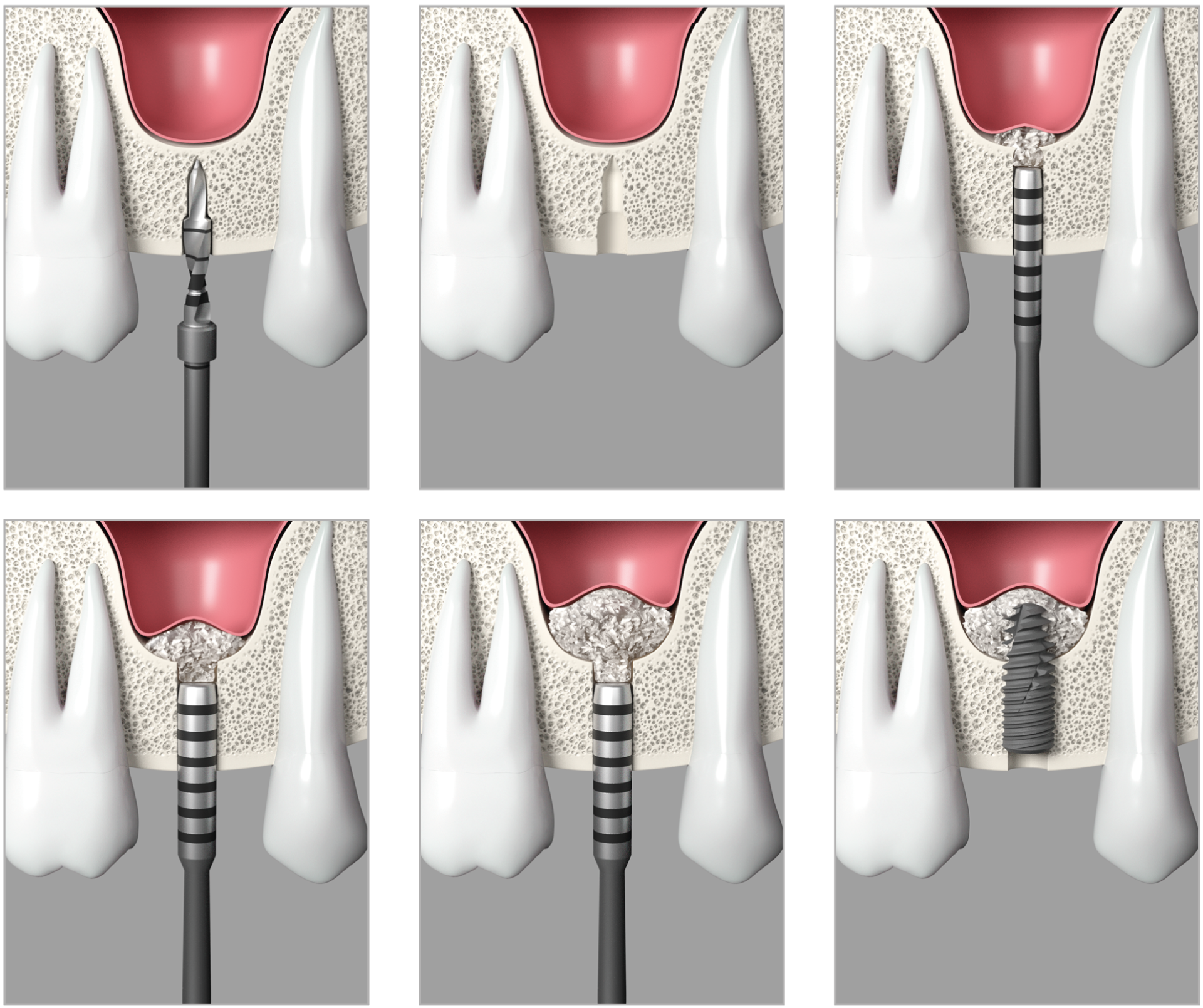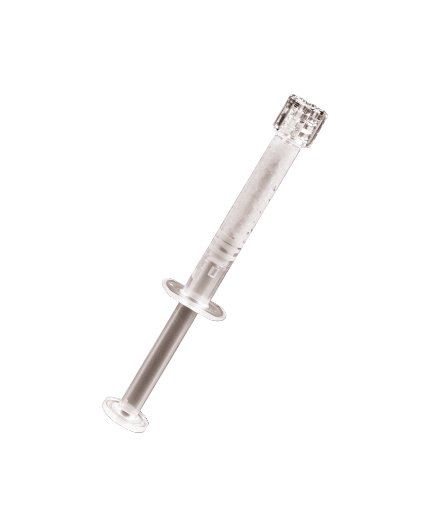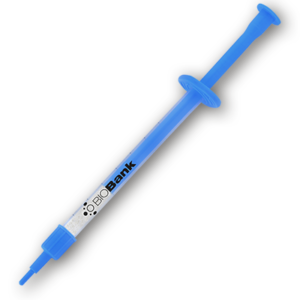For sinus lifts, as in implantology, several types of bone grafts can be used depending on clinical indications and the practitioner’s needs.
Allografts, derived from treated and virus-inactivated human bone, have the advantage of not requiring a second surgical site, thus reducing the duration of the procedure. They offer an unlimited supply of grafts and good osteoconductive properties. However, unlike autografts (grafts taken from the recipient patient), it does not have osteogenic properties and its use is subject to specific regulations that are distinct from those governing medical devices.
Xenografts, derived from animal bone, share some similar advantages: no additional harvesting, reduced surgical time and unlimited availability. In addition, they benefit from medical device status. However, they do not have osteogenic properties and remain poorly remodellable, which can limit their complete integration.
Finally, synthetic bone substitutes, produced in laboratories, represent a reliable and economical alternative. They avoid the need for a second surgical site, reduce the duration of the procedure and offer an unlimited quantity of grafts, with the added advantage of relatively low cost and their status as medical devices. Their limitations lie in their lack of osteogenic properties and results that are sometimes less predictable than those obtained with other types of grafts.



